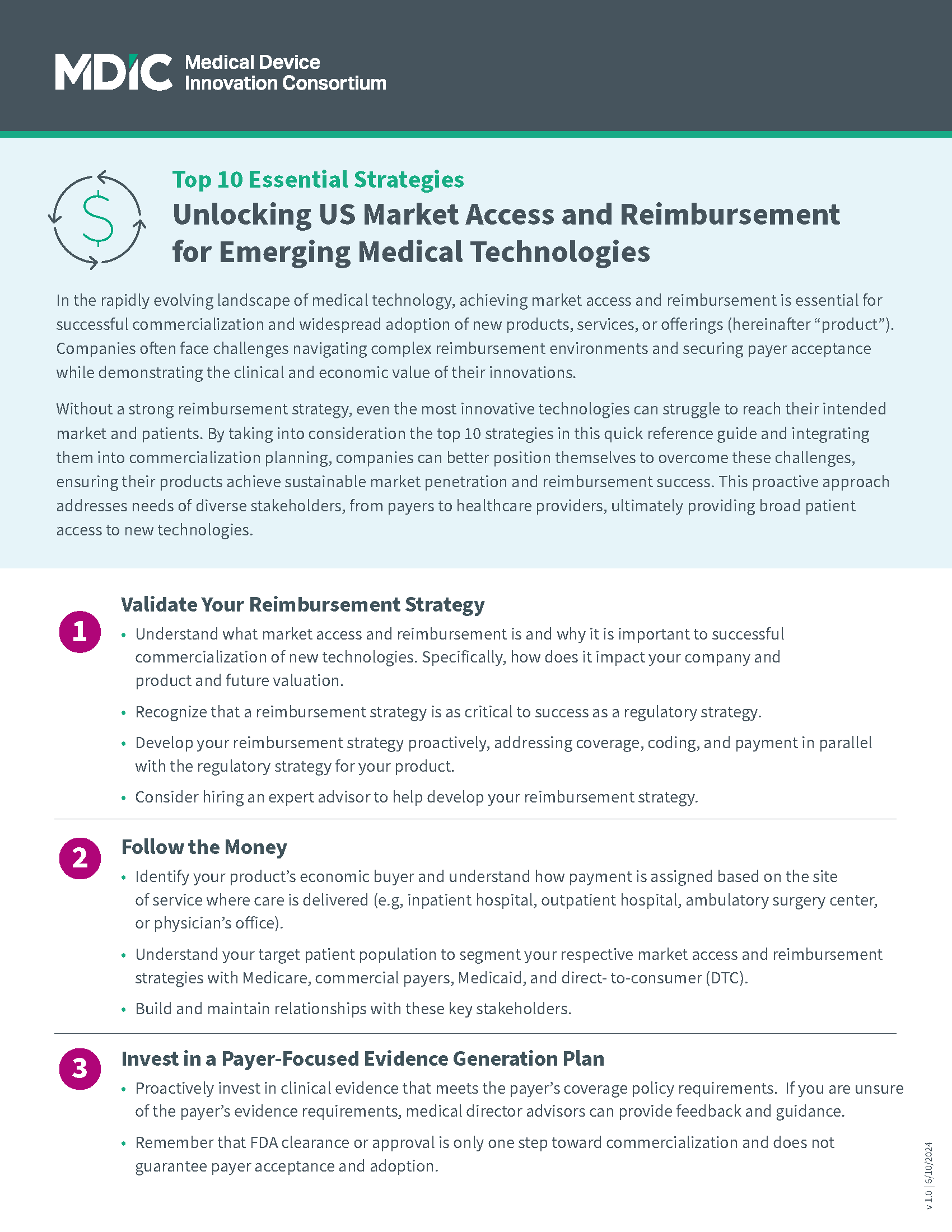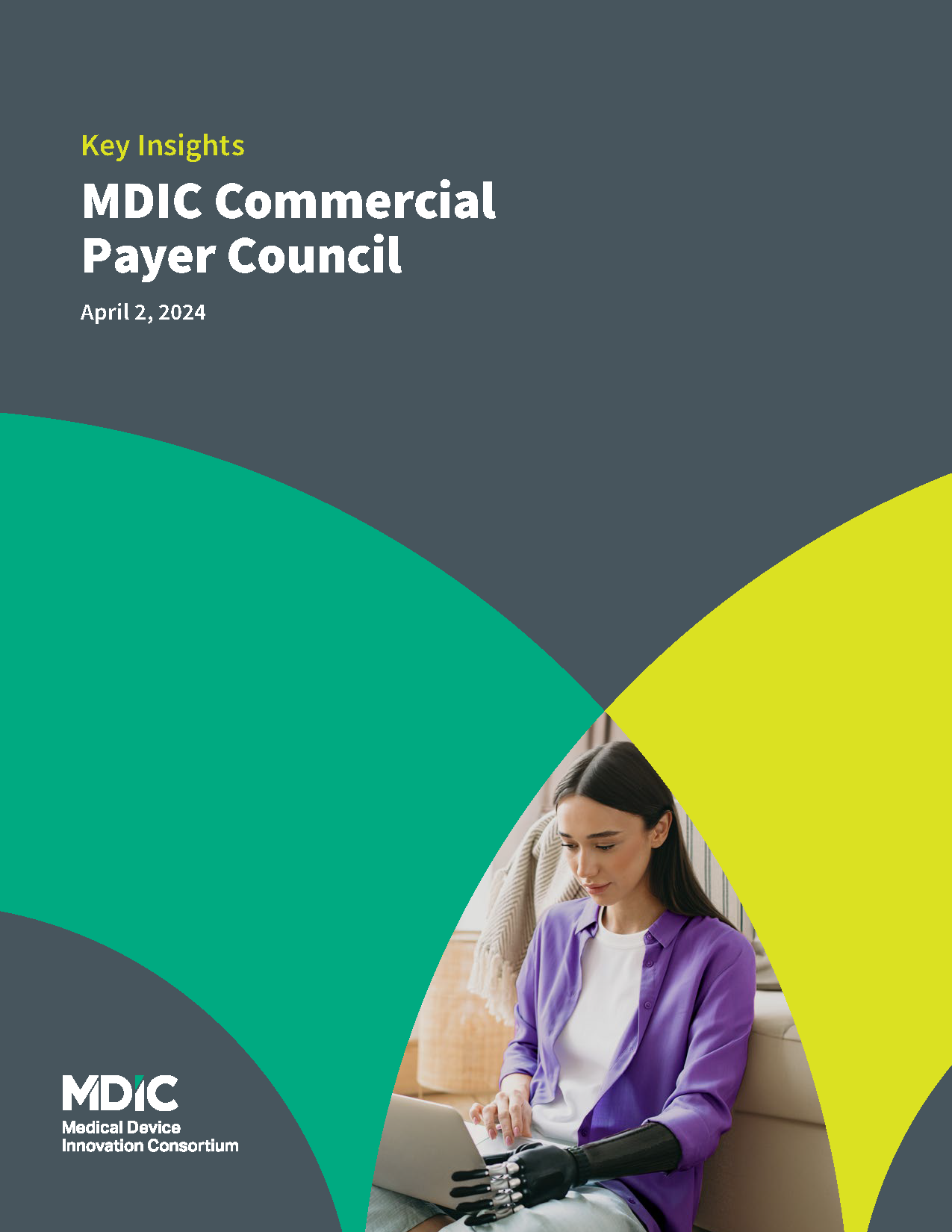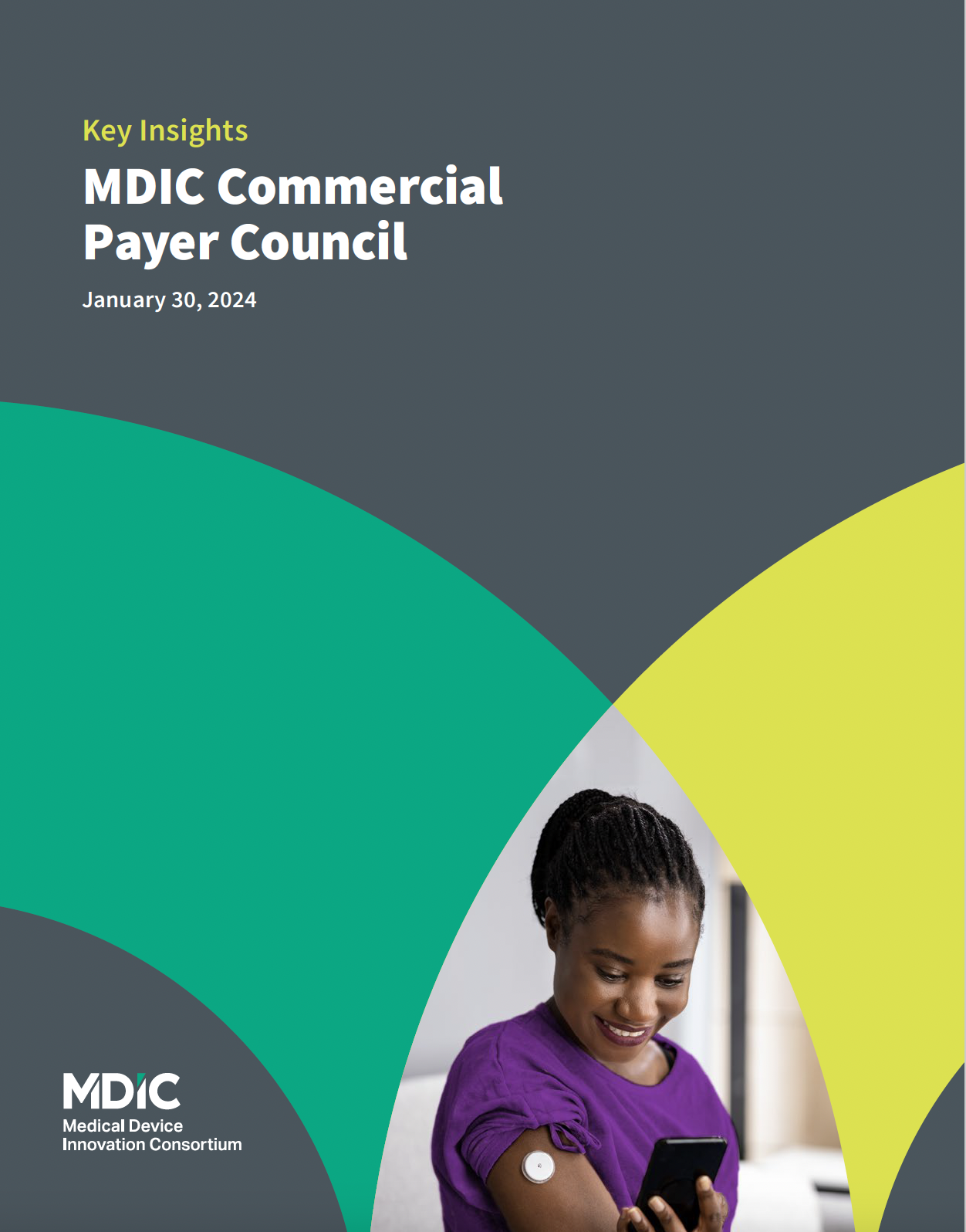Heart Failure Patients’ Preferences for Treatment Risks and Benefits
This Executive Summary by the Science of Patient Input (SPI) Heart Failure Working Group of the Medical Device Innovation Consortium (MDIC) underscores the importance of patient preferences in clinical trial designs for health technology. The FDA’s CDRH weighed in on the study conducted by the Preference Evaluation Research Group at the Duke Clinical Research Institute (DCRI), which employed a discrete-choice experiment (DCE) to gauge patients’ risk-benefit trade-offs. We invite you to explore the full study with this summary as your guide.
The SPI HF Working Group of MDIC also engaged QLS Advisors, statistical modeling and clinical trial design experts, to investigate how the results of the patient preference study could potentially be incorporated into HF clinical trial design. The findings from the Bayesian decision analysis (BDA) study showed that the HF patients surveyed would be willing to accept a Type-I error (alpha) rate of 3.2% for the primary effectiveness endpoint– 28% greater than the one-sided significance level of 2.5% used in a standard study design. This innovative approach highlights the importance of early regulatory engagement and may pave the way for more patient-centered clinical trial designs, ultimately speeding up the availability of life-saving treatments.




